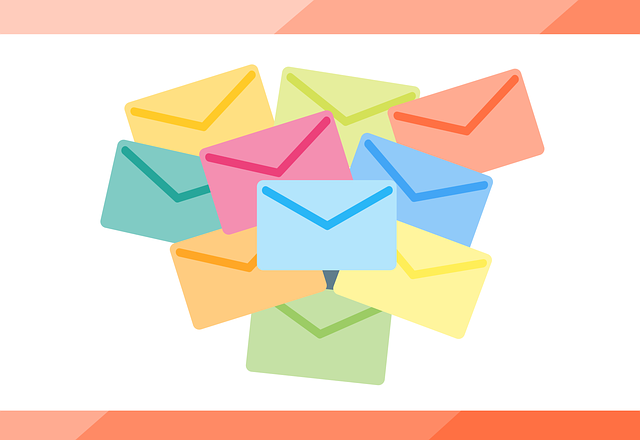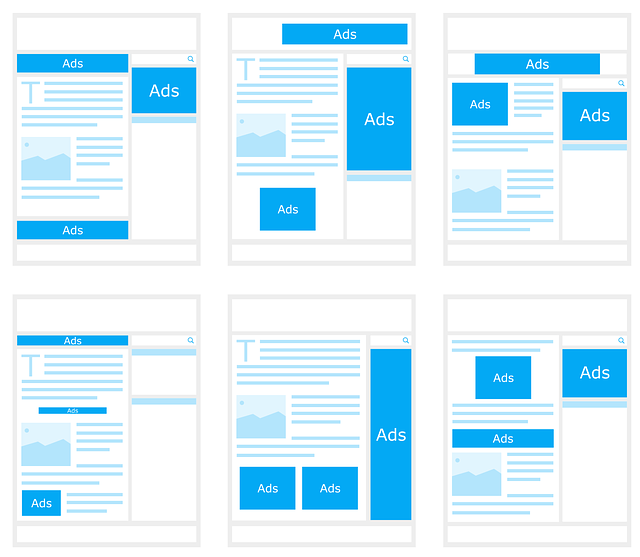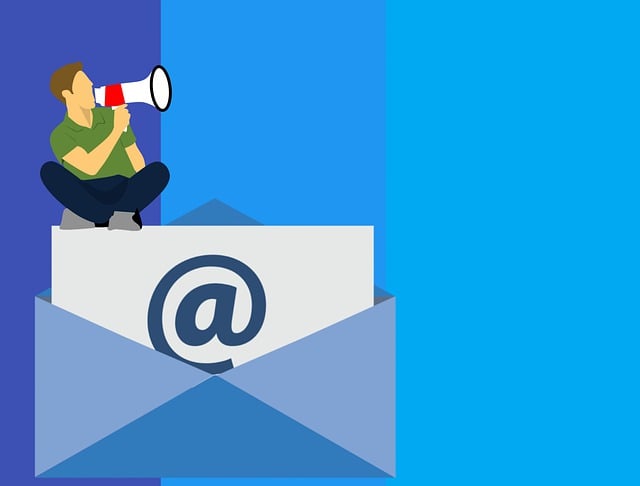You know what they say: ‘Time is money.’ And in the fast-paced world of financial services, every second counts. That’s where email marketing automation comes in. It’s like having a personal assistant, tirelessly working behind the scenes to engage your target audience, drive conversions, and ultimately, boost your bottom line.
In this complete guide, we’ll show you how to harness the power of email marketing automation to meet your goals and objectives. From identifying your target audience to creating engaging and personalized content, we’ll walk you through each step of the process.
But we won’t stop there. We’ll also show you how to automate your email campaigns, measure and analyze the results, and continuously optimize your strategies for maximum success.
So buckle up and get ready to take your financial services to new heights with email marketing automation.
Key Takeaways
- Understanding the target audience through market research and customer feedback is crucial for effective email marketing automation in the financial services industry.
- Setting clear and measurable goals for email campaigns, and tracking progress with data-driven metrics, such as open rates and conversion rates, is essential for success.
- Personalizing email content and utilizing automation tools can greatly increase engagement and conversion rates.
- Continuously optimizing campaigns through A/B testing, improved segmentation, and monitoring key performance indicators (KPIs) is necessary to maximize effectiveness in the financial services industry.
Identify Your Target Audience
Now, let’s dive into identifying your target audience so you can create personalized and impactful email campaigns that will truly resonate with them.
Defining demographics is key in understanding who your audience is. Start by considering factors such as age, gender, income level, occupation, and location.
Conducting market research is crucial to gather data-driven insights about your target audience. This includes analyzing industry trends, competitor strategies, and customer feedback. Utilize surveys, interviews, and social media analytics to gain a comprehensive understanding of your audience’s preferences, pain points, and motivations.
By having a clear understanding of your target audience, you can tailor your email marketing strategies to meet their specific needs and interests. This will enhance engagement and drive conversions.
Now, let’s move on to the next section where we will set clear goals and objectives.
Set Clear Goals and Objectives
Establishing clear goals and objectives is crucial for achieving success in your email campaign strategy. Setting achievable targets is the first step in this process. Determine what specific outcomes you want to achieve with your email marketing automation for financial services. Whether it’s increasing conversion rates, boosting customer engagement, or driving more website traffic, make sure your goals are measurable and realistic.
Once you have set your goals, it’s important to track progress effectively. Use data-driven metrics to evaluate the performance of your email campaigns. Monitor open rates, click-through rates, and conversion rates to see if you’re on track to meet your objectives. By regularly analyzing the data and making necessary adjustments, you can optimize your email marketing efforts for better results.
Now, let’s dive into the next section about creating engaging and personalized content.
Create Engaging and Personalized Content
To truly captivate your audience, you’ll need to unleash your creativity and craft engaging, personalized content that will leave them begging for more.
Content personalization techniques are key to grabbing your readers’ attention and making them feel like you are speaking directly to them. Use data-driven insights to segment your audience and tailor your messaging accordingly.
Effective email design strategies are also crucial in keeping your audience engaged. Use eye-catching visuals, compelling subject lines, and personalized greetings to make your emails stand out. Remember to keep compliance in mind by following industry regulations and best practices.
By creating content that is both engaging and personalized, you can build strong connections with your audience and drive them to take action. Transitioning into automating your email campaigns, you can now streamline your efforts and maximize your reach.
Automate Your Email Campaigns
Streamline your efforts and maximize reach by automating your email campaigns. By leveraging automation tools, you can save time and resources while increasing conversion rates.
With automated email campaigns, you can send targeted messages to your audience based on their behavior and preferences, improving segmentation and personalization. These tools allow you to set up triggers and workflows that automatically send emails based on specific actions or events, ensuring timely and relevant communication with your subscribers.
Additionally, automation enables you to send follow-up emails, re-engage inactive subscribers, and nurture leads through a series of carefully crafted messages. By automating your email campaigns, you can ensure consistent messaging, save valuable time, and ultimately drive better results.
In the next section, we’ll explore how to measure and analyze the results of your email marketing efforts.
Measure and Analyze Results
Once you’ve set up your automated email campaigns, it’s time to dive into the data and see how they’re performing. Tracking effectiveness is crucial to understanding the impact of your campaigns and making data-driven decisions to improve conversions.
Start by analyzing key metrics like open rates, click-through rates, and conversion rates. Identify which emails are resonating with your audience and which ones are falling flat. Use A/B testing to experiment with different subject lines, content, and calls-to-action to optimize your campaigns.
Additionally, leverage the power of segmentation to deliver personalized messages to specific target groups and measure their response. By continuously monitoring and analyzing the results, you can uncover valuable insights and make informed adjustments to maximize the effectiveness of your email marketing automation for financial services.
Continuously Optimize Your Campaigns
Keep fine-tuning your campaigns to squeeze out every drop of effectiveness and ensure your email empire reigns supreme in the realm of financial services. To achieve this, consider these strategies for continuous optimization:
-
Conduct A/B testing to gauge the effectiveness of different email elements such as subject lines, call-to-action buttons, and content layout. Analyze the data to identify the winning elements and incorporate them into future campaigns.
-
Improve customer segmentation by leveraging data analytics to gain insights into your audience’s preferences, behaviors, and needs. Use this information to segment your email list into smaller, targeted groups. Tailoring your messages to specific segments will result in higher engagement and conversion rates.
-
Monitor and analyze key performance indicators (KPIs) like open rates, click-through rates, and conversion rates. Identify trends and patterns in the data to make data-driven decisions and optimize your campaigns accordingly.
By continuously optimizing your email marketing campaigns, you can stay ahead of the competition and maximize your success in the financial services industry.
Frequently Asked Questions
How can I ensure that my email marketing campaigns comply with financial industry regulations?
To ensure compliance with financial industry regulations in your email marketing campaigns, it’s crucial to prioritize data security. Implementing double opt-in processes is key in obtaining explicit consent from subscribers and demonstrating compliance.
By meticulously adhering to industry regulations, such as GDPR or CAN-SPAM, you can protect sensitive customer information and maintain trust.
Make sure to regularly review and update your email marketing practices to stay compliant and minimize the risk of penalties or legal issues.
What are some effective strategies for segmenting my target audience in the financial services industry?
To effectively segment your target audience in the financial services industry, utilize personalization strategies and targeting techniques.
Start by analyzing customer data to identify common characteristics, such as income level, investment preferences, and life stages. Use this data to create specific customer personas that will guide your marketing efforts.
Implement dynamic content in your emails to tailor messages based on each customer’s needs and interests. By utilizing these data-driven strategies, you can ensure compliance while delivering highly relevant and personalized content to your audience.
Are there any specific content guidelines or best practices for creating personalized content in financial email marketing?
To create personalized content in financial email marketing, utilize content personalization techniques and emphasize the importance of data analysis. Tailor your messages based on customer interests, demographics, and behavior.
By analyzing customer data, you can gain insights into their preferences and needs, allowing you to deliver relevant and targeted content. Ensure your content adheres to compliance regulations, maintaining accuracy, transparency, and security.
A detail-oriented, data-driven approach will help you optimize engagement and build trust with your audience.
How can I effectively integrate email automation with other marketing channels in the financial services industry?
To effectively integrate email automation with other marketing channels in the financial services industry, focus on integrating automation with social media. By syncing your email automation software with social media platforms, you can target your audience across multiple channels and increase brand visibility.
Additionally, maximize the ROI of email automation by monitoring key metrics such as open rates, click-through rates, and conversion rates. This data-driven approach will help you optimize your email campaigns and ensure compliance with industry regulations.
What are some key metrics and KPIs that financial service providers should track and analyze to measure the success of their email marketing campaigns?
To measure the success of your email marketing campaigns in the financial services industry, you need to track and analyze key metrics and KPIs.
Customer engagement is crucial, so monitor open rates, click-through rates, and unsubscribe rates.
Conversion rate is another important metric, so keep an eye on the number of leads generated and the percentage of those leads that result in conversions.
Being detail-oriented and data-driven will ensure you have the necessary insights to optimize your campaigns and stay compliant with regulations.
Conclusion
Congratulations on completing this comprehensive guide to email marketing automation for financial services!
By implementing the strategies and techniques outlined in this article, you’re well on your way to reaching and engaging your target audience effectively.
Remember to continuously analyze and optimize your campaigns based on data-driven insights to ensure maximum results.
With a detail-oriented and compliance-focused approach, you can confidently navigate the world of email marketing and achieve your goals.
Good luck, and happy automating!










